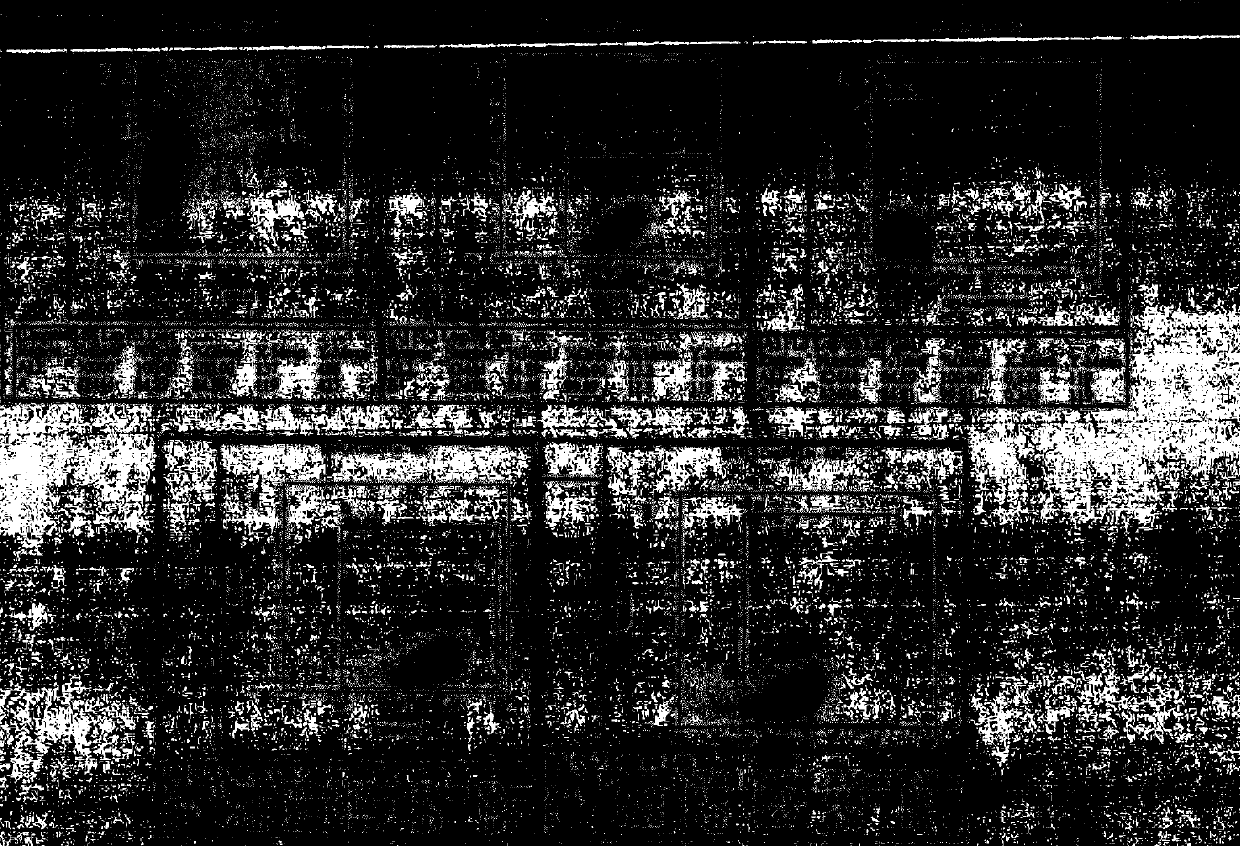Method for separating living cell and constructing cell bank by means of tissue homogenate method
A technology for tissue homogenization and tissue cells, applied in chemical libraries, combinatorial chemistry, library creation, etc., can solve problems such as time-consuming, high requirements for technicians’ operating skills, and cumbersome operating procedures, so as to ensure high-quality quality and improve construction Efficiency, simple operation effect
- Summary
- Abstract
- Description
- Claims
- Application Information
AI Technical Summary
Problems solved by technology
Method used
Image
Examples
Embodiment 1
[0047] Example 1: Using the tissue homogenate method to separate placental lobular cells and construct a cell bank
[0048] The method for placental lobular tissue homogenate comprises the following steps:
[0049] (1) Placental tissue cleaning: The placental tissue is processed in a biological safety cabinet. According to the size of the placenta, an appropriate amount of PBS buffer solution containing 1% double antibody is used to wash the placental tissue until the residual blood on the surface of the placental tissue is washed clean. blood clots;
[0050] (2) Pre-treatment of placental lobule tissue: Use surgical scissors to cut placental lobule from the placental tissue obtained in step (1), transfer the placental lobule to a petri dish and cut it into small pieces, put 60-90 grams of placental lobule tissue Put the block into the homogenization container of the tissue cell processor PlacentaPro, add 50-80 ml of PBS and seal the processing cup;
[0051] (3) Homogenizati...
Embodiment 2
[0060] Embodiment 2: Comparative experiment of placenta lobule tissue homogenate processing and manual processing
[0061] The comparison experiment was divided into 8 groups. With reference to the method of Example 1, a fully automatic tissue processing experiment was carried out. Refer to the method described in the patent CN201210292509.9 (publication number CN102807966A) to carry out the manual processing (digestion) experiment. The placental tissue was obtained from 8 different donors, and the processed volume was between 60-90 grams. The comparison experiment results are shown in Table 2.
[0062]
Fully automatic processing
Manual processing (digestion)
test
Extracted cell number / g
Extracted cell number / g
1
3.8×10 6 /g
2.0×10 6 /g
2
3.9×10 6 /g
0.79×10 6 /g
3
2.3×10 6 /g
1.0×10 6 /g
4
2.9×10 6 /g
1.1×10 6 /g
5
2.6×10 6 /g
1.4×10 6 /g
6
2.7×10 6 /g
...
Embodiment 3
[0065] Example 3: Primary growth of cells isolated from placental lobule tissue by homogenization
[0066] (1) Preparation before cell culture: Add erythrocyte lysate (Roche) at a ratio of 1 part of cell suspension to 2-3 parts of erythrocyte lysate, incubate at 15-25°C for 10-15 minutes, and put it in a centrifuge Centrifuge at 1400rpm for 10 minutes, remove the supernatant, observe the lysis of red blood cells, and repeat this step for lysis if necessary. After the lysis is complete, add PBS to resuspend the cells and take a small sample for cell counting, put it into a centrifuge and centrifuge at a speed of 1400rpm for 10 minutes to wash the cells, remove the supernatant, and add mesenchymal stem cell medium (15% FBS+1 %L-Glutamine+0.05%Gentamicin+84%DMEM-F12) to resuspend cells, and 2-5×10 4 / cm 2 Placenta-derived nucleated cells were inoculated into culture flasks at a density of .
[0067] (2) Primary cell culture: put the culture bottle into C0 2The concentration i...
PUM
 Login to View More
Login to View More Abstract
Description
Claims
Application Information
 Login to View More
Login to View More - R&D
- Intellectual Property
- Life Sciences
- Materials
- Tech Scout
- Unparalleled Data Quality
- Higher Quality Content
- 60% Fewer Hallucinations
Browse by: Latest US Patents, China's latest patents, Technical Efficacy Thesaurus, Application Domain, Technology Topic, Popular Technical Reports.
© 2025 PatSnap. All rights reserved.Legal|Privacy policy|Modern Slavery Act Transparency Statement|Sitemap|About US| Contact US: help@patsnap.com



